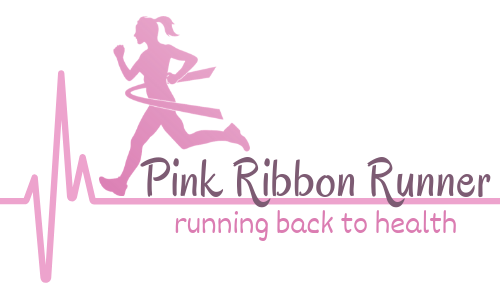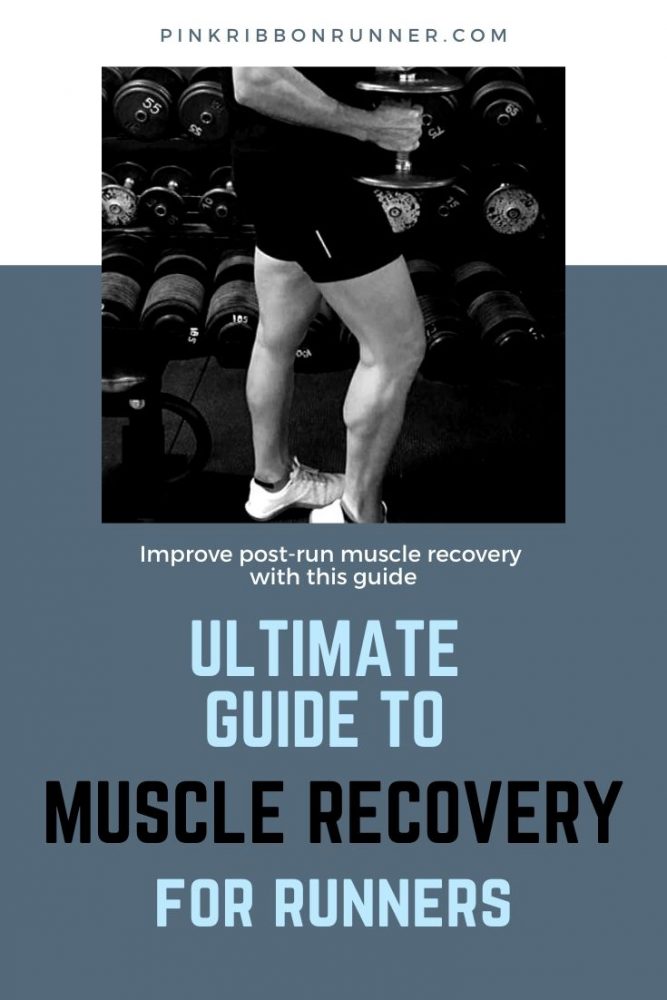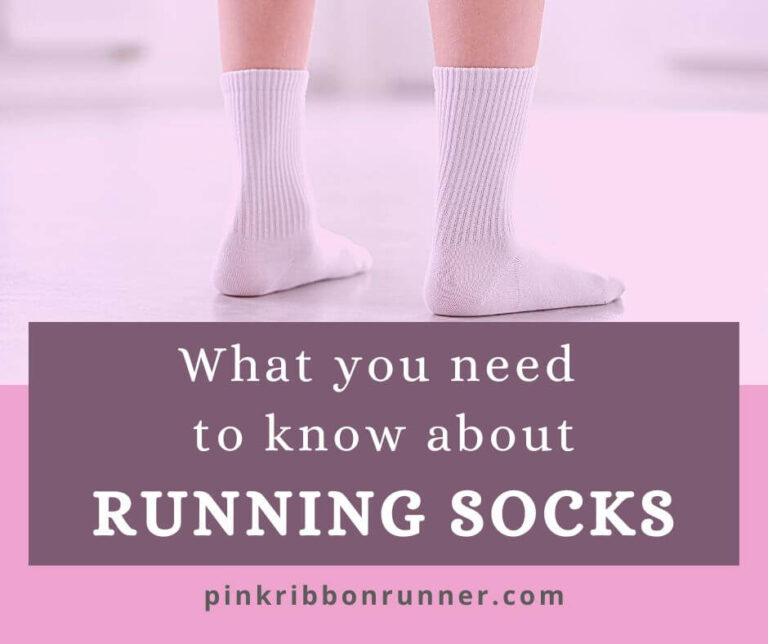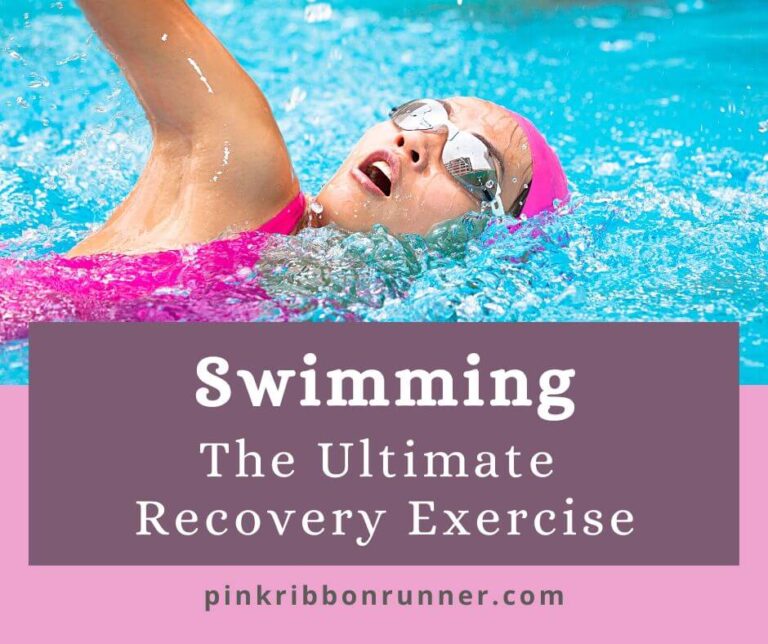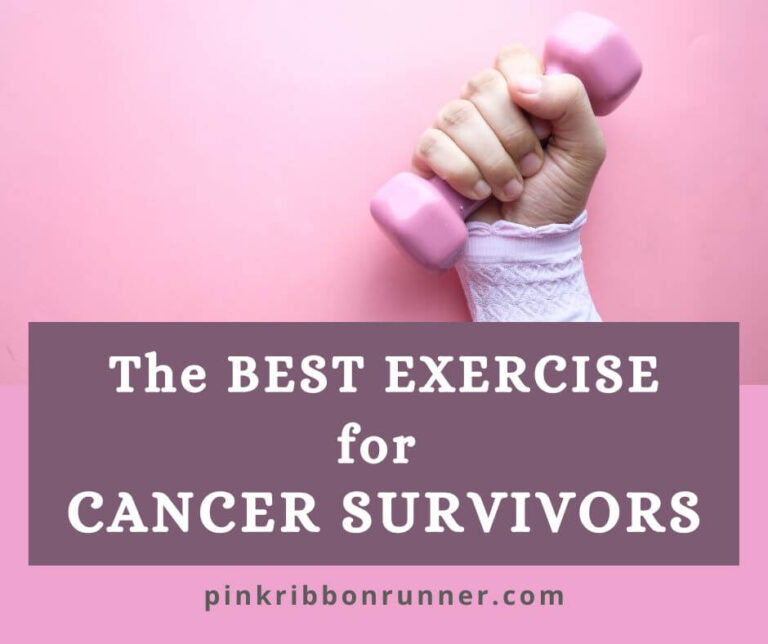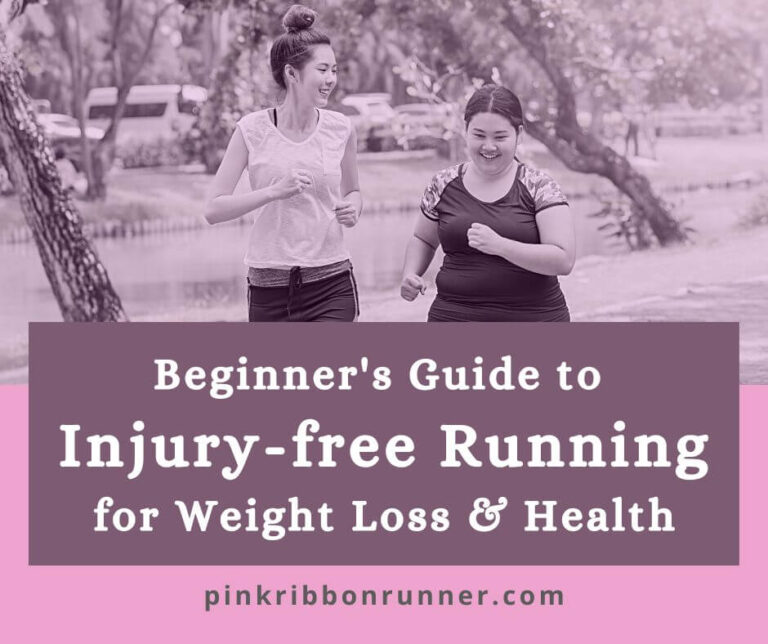Runner’s Guide to Muscle Recovery – PART TWO
Muscle and body soreness are two questions that trainers are asked frequently. If you are just starting a run program or trying to improve your distance, pace and finishing time, you are going to have sore muscles. Pushing ourselves and moving outside of our comfort zone is the only way to improve. But, anytime we push ourselves that harder and further, our bodies react, become sore and need time to adjust.
This post contains affiliate links. As an Amazon Associate, I earn from qualifying purchases.
There is a proper way to push to improve and there are tips and tricks to help your muscles recover. In Part Two of this two part series, we continue to explore how to help your muscles recover and repair in time for your next big workout.
If you haven’t read Part One of the Runner’s Guide to Muscle Recovery yet, there is some very valuable information in that article. You don’t want to miss out. I suggest you go and read it first before continuing with Part Two
Now, let’s continue with Part Two.
Immediately After the Run
You’ve just finished your run. You’re out of breath. Sweat drips down your face, back and legs. You feel hot and tired. This is the perfect time to start practicing good muscle recovery techniques.
Stay Hydrated
If you read Part One of this two part series, you might be rolling your eyes now. But this is just how very important staying hydrated is. Remember, your muscles work best by staying wet. You want those muscle fibers to be lubricated as they slide past one another during contraction and relaxation.
You very likely didn’t get enough water in during your run. I am usually guilty of this. I rarely want to interrupt my breathing by taking a sip of water. Maybe I have a good pace going during a race and I don’t want to slow down at the water station. Or maybe I just don’t want to carry that much water with me on a longer run. If I haven’t drank enough during my run, now is the time I want to make sure I start replenishing what I lost in sweat and, sometimes, tears.
Everyone sweats at different rates. Water loss also depends on the weather. If it was windy, dry, sunny or hot outside, you likely lost more fluids that you were able to drink on your run.
So, how much should you drink now? You could calculate out your sweat rate by weighing yourself before and after your run. If you do, you would drink about 700 mL for every pound lost. But who has time for that?
Guideline: Drink about 500 mL of water in the first 30 minutes after your run.
Now, drink this slowly, not all at once, or you might vomit. Also, don’t drink ice cold water right after your run as it might cause an upset stomach or intestines.
Cool Down Slowly
Remember that bell curve in Part One? Well, this is the perfect time to ease those muscles down. You don’t want to stop moving yet. Walking or a very slow easy run will help prevent blood pooling in your legs. Cooling down will lower your heart rate and breathing more slowly and gently. Your body temperature will start to come down slowly and your blood flow will redistribute to other areas that are not directly involved in running, like your digestive system and kidneys.
The lower intensity activity will keep blood and lymph fluid flowing and help flush out the metabolic waste products that you just created. Keeping your circulation going will also provide nutrients to your muscles and give them a boost towards repairing themselves.
So don’t sit down just yet. Keep moving for about 10 to 15 minutes before getting in your car or joining your friends for coffee.
Guideline: Walk or jog for 10 to 15 minutes after a run
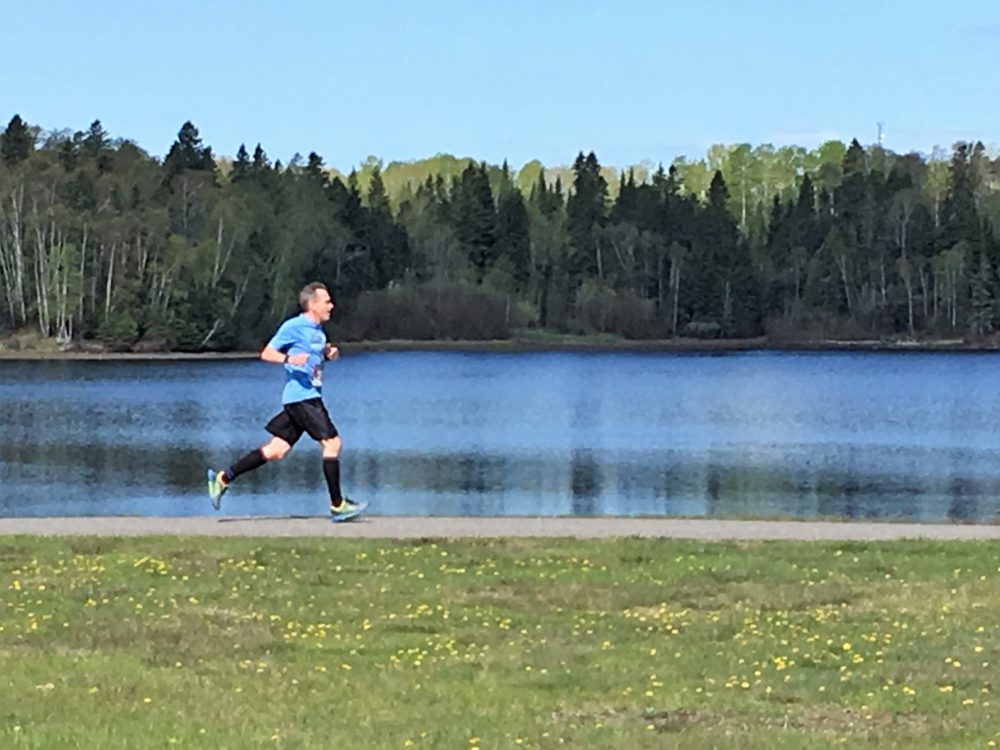
Keep Warm to Cool Slowly
As your body starts to cool down, don’t let it cool down too much. You want to make sure your body temperature comes down slowly.
It is very likely that you are now wet after your run from sweating. Change into dry clothes. Wet clothes will make you lose body heat too quickly. If you can’t change completely, then put a sweatshirt of jacket on over top of your wet clothes. Most of the larger races will provide space blankets to for the runners to keep warm. These work! Take one and wrap yourself in it to control how quickly your body cools off.
If your muscles cool off too quickly, there will be less blood flow to them. You still want good blood flow to take those metabolic waste products away. These waste products go to the liver where they are processed into recycled components and urea to eventually become urine.
This is another reason why staying hydrated is so important. You want to pee out the waste products your muscles just created, rather than have it keep circulating in your body.
Fueling is Important
There is that word again; fueling. Also very important. Almost as important as re-hydrating. Your post run snack should replenish what you just lost and set you up for good muscle recovery.
You want to have a post-run snack within 20 – 30 minutes. Muscles are primed to replenish glycogen stores within the first 30 minutes after exercise. Try to eat something that contains carbohydrates, electrolytes and protein. Carbohydrates replenish your glycogen stores. Electrolytes replace the salts you just lost through sweating. And protein helps to nourish and rebuild muscle.
Guideline: Eat a snack with a ratio of 2 – 4 grams carbohydrate to 1 gram of protein within the first 30 minutes after a run.
Recovery snack ideas include:
- protein bar
- smoothie or protein shake
- bagel with peanut butter
- banana with greek yogurt
- chocolate milk
- humus and whole grain crackers
- Boiled egg on whole grain toast
Eat a regular nutritious meal about 1 to 2 hours after your run. Your body will be better equipped to digest and absorb nutrients then.
Stretching Can Help
We talked about stretching in part one. Static stretches before your muscles are warmed up is not a good idea. Dynamic stretches are better before a run. However, once your muscles are nicely warmed up from your run, it can be beneficial to do some static stretches.
Your muscles will be tight after a run, particularly a long run. Static stretches can help increase your range of motion and mobility caused by tight muscles.
The key to stretching is to do the stretches slowly, deliberately, using good form and hold the stretch to allow the muscles to relax. Don’t bounce when you stretch, as you will be exerting unnecessary forces on tired muscles and ligaments. This can cause injury.
You want to slowly stretch to the point of slight discomfort, but not pain. Hold this stretch for 10 – 30 seconds before releasing it. Never hold a stretch for longer than 60 seconds.
Don’t just stretch your legs. Your arms and shoulders also had a workout. Be sure to include some stretches for these areas too.
Yoga is a great way to stretch out your muscles.
Elevate Your Legs
Speaking of yoga, there is a great yoga pose called Viparita Karani. Lay on your back with your hips a few inches away from a wall. Walk your feet up the wall until your legs are fully extended. You should now be in an L-shaped position.
This pose helps with fluid drainage from your legs to prevent swelling. It can help with feet and leg cramps. It helps to stretch your hamstrings and relax your lower back.
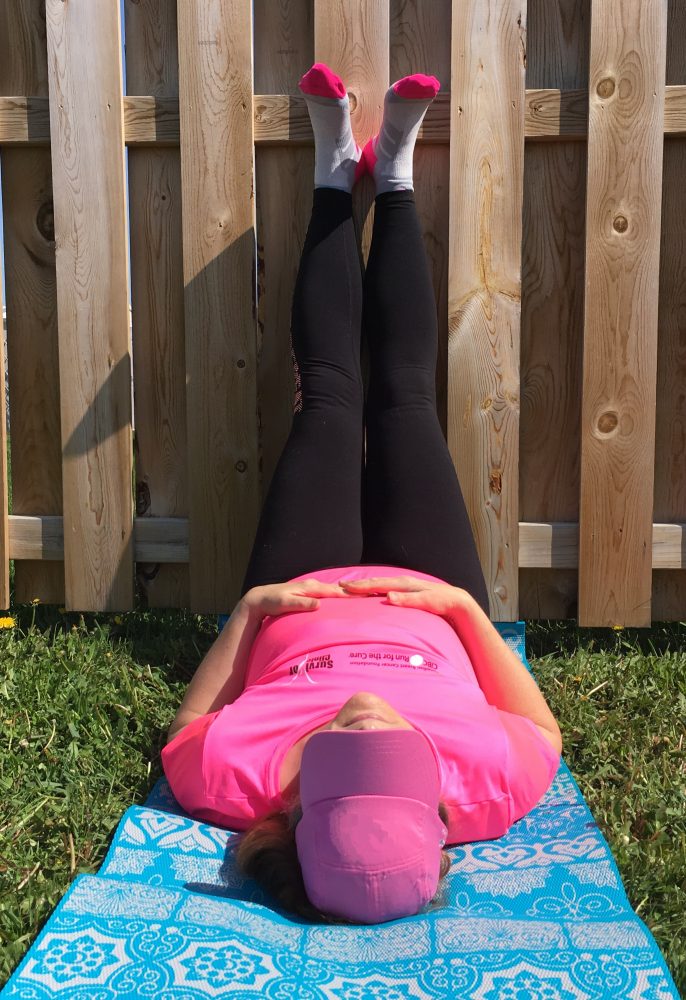
Use Ice or Heat?
Ice and heat can be useful tools to help with muscle injury, soreness and recovery. But the trick is to know when to use ice and when to use heat. Proper use of these tools can help muscles recover, but improper use can make muscles more sore and delay healing.
Ice Therapy
Ice is used to decrease inflammation and swelling. It can slow nerve signals, numbing the area and easing pain. Ice is best used for fresh, or acute, injuries. In other words, soon after your run.
For localized areas, you can use an ice pack, coolant spray or massage with an ice cube. I use an ice cube to massage my shin and calf muscles to help with shin splints.
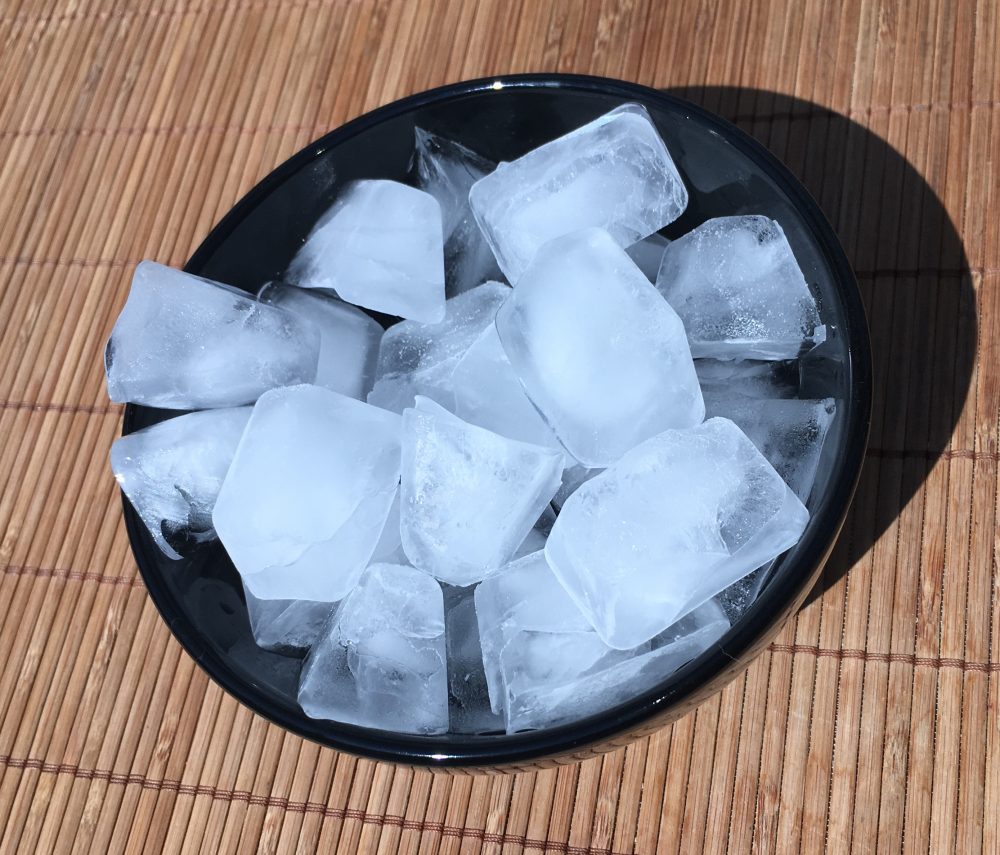
Ice baths can be used for your entire legs and hip areas. The idea is to fill up a bath tub with cold ice water and submerge yourself in it. Some runners and trainers swear by ice baths after a long run or hard race. I have used ice baths. They seemed to work well for me. However, the science on this is conflicting.
If you are treating a localized area or ice bath, apply the treatment for about 10 to 15 minutes, but never more than 20 minutes. If you use an ice bath, allow your body to warm up slowly at room temperature. Avoid the temptation to hop into a warm shower or hot tub afterwards. You can use blankets or sweaters to help you feel warm, but you want to allow the blood flow to slowly return to your legs.
Guideline: Apply ice therapy for 10 to 15 minutes for fresh muscle injury or inflammation.
Never apply an ice pack directly to bare skin. Always have a fabric barrier between skin and ice.
Don’t use ice therapy if you have nerve or sensory problems, such as peripheral neuropathy. And don’t use ice if you have circulation problems without consulting your medical professional.
Advertisement: ThermaPearl Hot Cold Therapy Gel Bead Shin Wrap

Heat Therapy
Heat is generally best for muscle soreness and stiffness, rather than acute inflammation. Applying heat can soothe aches and pains. Heat increases circulation and blood flow, which helps bring nutrients to healing muscles. The heat will also relax the muscles. Heat therapy is perfect for older, more chronic muscle soreness.
There are two kinds of heat: dry heat and moist heat. Moist heat includes warm baths and steam towels. Dry heat is the more common heating packs, pads or blankets. While dry heat is more common, moist heat works better.
Some research suggests that a warm bath or shower is just as effective for muscle recovery as is an ice bath.
Never use heat if there is acute inflammation. Heat increases inflammation and opens up blood vessels to increase blood pressure in the area. This will cause you more pain and grief. If applying heat makes the problem feel worse, then stop and try ice instead. Heat should soothe, not increase discomfort.
Guideline: Apply heat locally for 15 to 20 minutes or soak in a warm bath for 30 – 120 minutes. Use heat therapy for muscle soreness or stiffness.
Don’t use heat therapy without advise of a medical professional if you are prone to blood clots, have a blood vessel disorder or a skin condition.
If you have diabetes or a heart condition, seek professional medical advice before applying either ice or heat therapy.
24 Hours After the Run
Nutrition and hydration continue to be the key to muscle recovery the day after your run. You can continue to use heat therapy too. However, there are other things you can do to help your muscles recover. Let’s explore what to do the next day.
Foam Rolling is Good
Foam rolling is a form of self-massage therapy. It is commonly thought to cause myofascial release, but science has not confirmed this.
Myofascial release is a treatment that uses applied pressure to prevent and eliminate tight or restrictive movements in the tissues surrounding muscle, called connective tissue. The idea is to stretch out the elastic fibers in the tissues to allow them to be more elastic and responsive. With this theory, pain originates in trigger points, which are these areas of tissue restriction. By releasing the restriction, you also ease the pain.
Myofascial release and trigger points are best addressed using focal massage with a smaller ball, than with the larger traditional foam rollers or roller sticks. A tennis ball or golf ball rolled into the area that hurts can be effective.
A tennis ball rolled under your foot feels wonderful and is a great way to help with foot soreness after a run.
The science of foam rolling tells us that it may work by a slightly different mechanism than myofascial release. However, science has yet to determine the exact mechanism. Just know that foam rolling can work to help with muscle recovery and it is one of few ways to help with Delayed Onset Muscle Soreness (DOMS). We will talk about DOMS later in this article.
Advertisement: AmazonBasics High Density Foam Roller

Foam rolling increases muscle flexibility and can decrease soreness. It can also improve explosive muscle power, such as in increasing the height of a jump, for example.
To be effective, foam rolling should last for longer than 90 seconds for a particular area. Less than 30 seconds is not effective at all.
You can use a traditional foam roller or a roller stick. I find that a foam roller is useful on large muscle groups.
However, sometimes I am just too tired to foam roll. I might want to work a specific muscle or muscle group that is more difficult to position myself on the roller. In these instances, I will use a roller stick instead of the more traditional foam roller. A stick is also much easier to travel with. I encourage you to try both and see which method you like best.
Advertisement: Physix Gear Sport Muscle Roller Stick
Anti-inflammatory Medications May Not Help
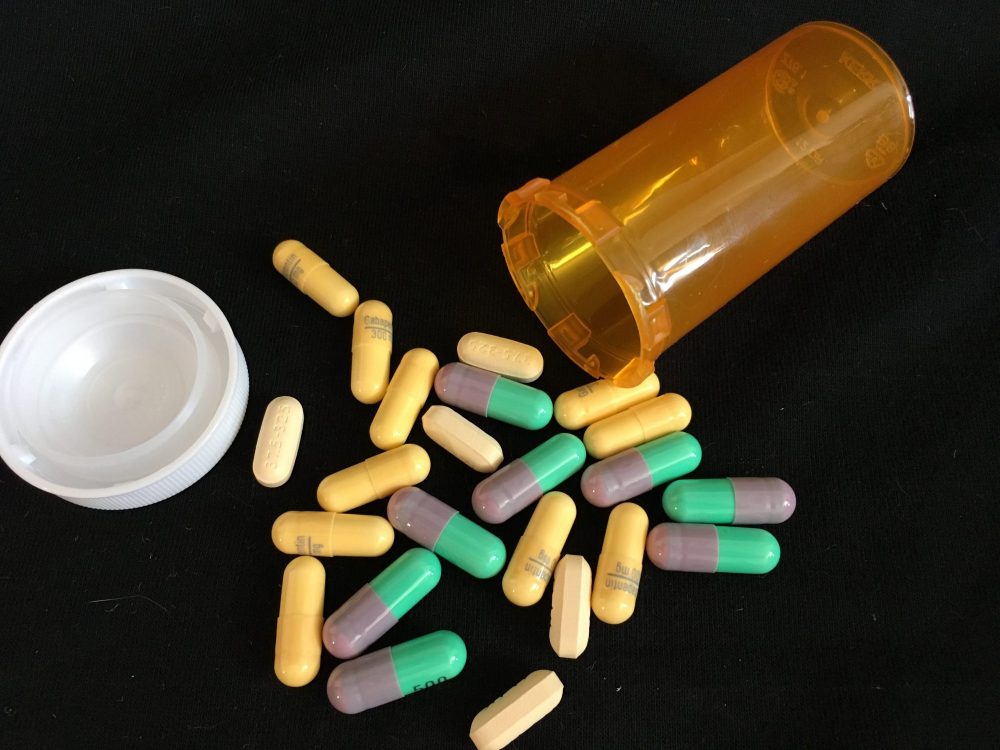
Ibuprofen (e.g. Advil, Motrin), ASA (e.g. Aspirin) and Naproxen (e.g. Aleve) are all classes of drugs called Non-Steroidal Anti-inflammatory Drugs (NSAIDs).
If you are sore and stiff, it may be easy to grab your bottle of Advil. But don’t be so quick to take this easy way. Yes, these drugs will help relieve your soreness and decrease inflammation. But, is it really a good idea to take them? Maybe not.
Some scientific studies have suggested that NSAIDs can be harmful to healing muscle.
A study published in 2017, suggests that we need to produce our own inflammatory compound, called PGE2, for muscle healing and regeneration. This compound is a part of our immune response that triggers muscle repair. NSAIDs interfere with PGE2, thus these drugs can cause a delay in muscle repair.
If you must use NSAIDs, use them at the lowest dose and for the shortest time possible. Avoid using these drugs before running. And, again, be sure to stay hydrated as these drugs can affect kidney function.
Days After Your Run
Your muscles will start to rebuild in the days after your run. Now we will talk about what you can do in the next few days to treat your muscles well and help them heal and regenerate.
Active Recovery Runs Are Good
I run every day. I am a member of the Streak Runners International. So, I have learned a thing or two about active recovery. It helps me, and many others, recover after a particularly grueling long run. It’s really tough to actually get out there and run again when you are sore. But, it usually feels much better after a short and slow run.
There are many trainers who believe you should rest or cross train the day after a hard run. As long as you listen to your own body and schedule recovery days, run or don’t run, both are acceptable. You should not run hard everyday. We all agree, that is a recipe for overuse injuries.
But if you do decide on doing a recovery run, there are a few “rules” to doing this.
The 3 “Rules” of a Recovery Run
- Slow, usually 60 to 90 seconds per mile slower than training pace
- Short, usually 20 to 30 minutes
- Heart rate at 65 – 75% of maximum.
This isn’t a cardio workout. It is a recovery run. Avoid the temptation to start increasing your speed. You should be able to easily carry on a conversation with your running buddy. If you are breathing heavily or trying to catch your breath between sentences, slow down.
It may be easier to do a recovery run by yourself, without earbuds and music, so you can pay attention to what your heart and body are doing.
Active recovery increases blood flow to your muscles and joints bringing nutrients and getting rid of metabolites. It also helps with stiffness and mobility. A recovery run is also a gentle way to continue to increase your endurance.
” Early return to activity is needed to optimize the regeneration of healing muscle…” – Jarvinen et al, Best Pract Res Clin Rheumatol. 2007 Apr;21(2):317-31 –
Massage After 2 Days
Free massages were offered after one of my half marathons several years ago. Who doesn’t love free massages? Well, it isn’t a good idea immediately after a race. Not knowing any better at that time, I had my free massage. And it triggered a particularly painful muscle cramp that I had to walk off. You may want to either pass right on by these free massage booths or just grab a business card to schedule an appointment in a few days.
Guideline: Massages are best left to a few days after a race or hard run.
In general, don’t go for a deep tissue massage within the first 2 days after a long run or race.
If you feel you absolutely need a massage within this time frame, make sure you tell your massage therapist you have completed a long run. They should lighten the type of massage to focus more on just moving blood and lymph, rather than working the muscle and scar tissue.
After a couple of days, certainly, go get that massage. Massage can help relax tight muscle. They can help break up scar tissue to improve range of motion and flexibility. And, massages increase blood and lymph flow to nourish healing tissues.
Maintain Your Hydration
Have you noticed that hydration is included in each one of these segments of recovery? That is because it is so vitally important. Don’t ignore the benefits of drinking water. At this stage, you don’t need to replace any electrolytes. You should be well hydrated by now. But you should continue to maintain your hydration to prepare you for your next big workout or long run.
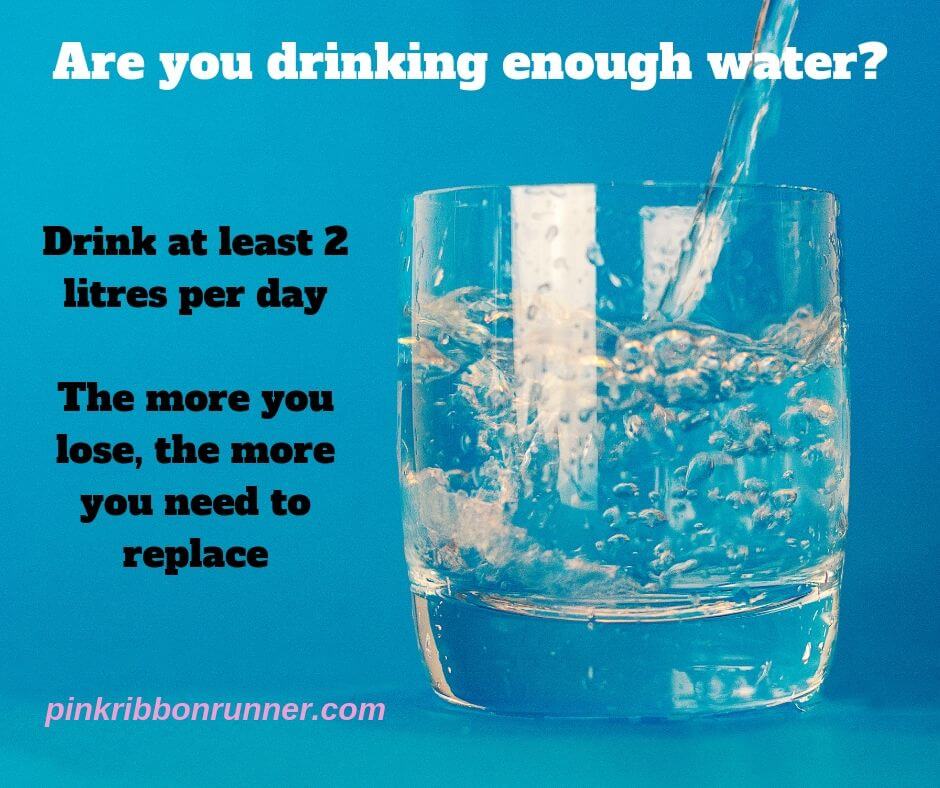
Continue Good Nutrition
As we mentioned in Part One, make sure you are eating enough protein. If you have had a particularly long run or hard workout, you body will need extra protein to heal and rebuild. You need at least 45 – 60 grams of protein per day, but if you are running longer distances, you may need as much as 75 to 120 grams per day.
Besides eating enough protein, you need to eat a balance of carbohydrates and fats too. The proteins, fats and carbohydrates should be from healthy sources. The new Canada Food Guide is a good place to start to boost your nutrition, although, as I just said, you may need to add in more protein.
Try to eat foods known for their anti-inflammatory properties. These include fish, whole grains, leafy greens, bright-colored vegetables, nuts, legumes, green tea and healthy fats, such as avocado.
What is DOMS?
DOMS stands for Delayed Onset Muscle Soreness. It doesn’t always occur after a long run. But, if it does it will usually start at about 24 to 48 hours after a hard workout, usually after sleeping.
Scientists have been studying DOMS for decades, but are still not close to fully understanding how it occurs. They also don’t know how best to treat it. Some things help, but the data is inconsistent.
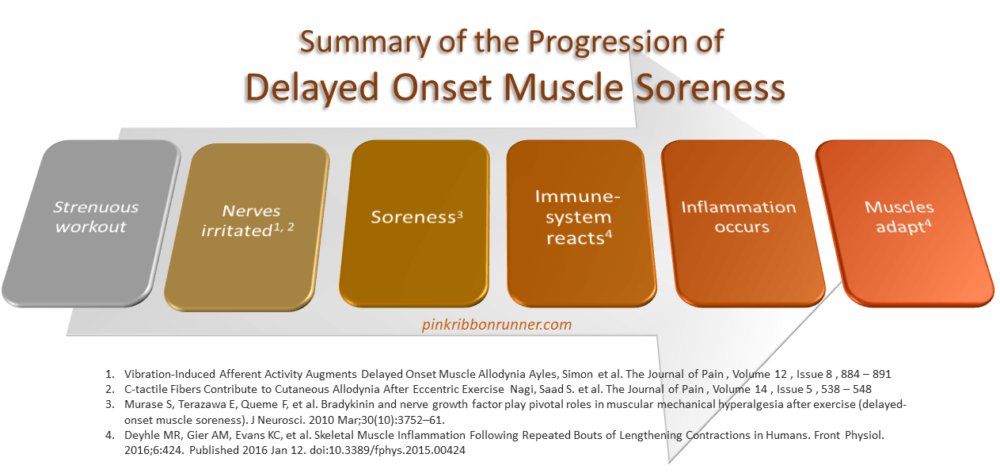
Delayed onset muscle soreness is more likely to occur with eccentric exercises. These are activities that cause a muscle to lengthen, which is the downward phase of movement. For example, when doing a bicep curl, the eccentric phase is when you lower the weight and stretch out your arm. In running, eccentric contraction of your quadriceps (thigh) muscle is most notable when you run down a hill.
We know what doesn’t help DOMS. Studies have shown that cryotherapy (ice), stretching, homeopathy, ultrasound and electrical current therapy do not help with delayed muscle soreness. If it seems to help, it may be related to a placebo effect. My apologies if I just burst your bubble.
Massage therapy research has produced varying results. The type of massage may be a factor in what works and what doesn’t work. If massage works for you, then go for it. But massage shouldn’t be done within the first few hours after running.
The most promising type of massage that does help with DOMS is foam rolling.
Light exercise, especially non-running or cross-training activities, can help with recovery from delayed onset muscle soreness. However, exercise of a similar intensity or novel exercises can prolong or worsen DOMS. So make sure you do recovery runs if you are experiencing DOMS. Don’t do anything new or more intense than you have done before.
Recovery runs are the best treatment for DOMS.
I hope you find something that helps you recover well. Each athlete usually develops a recovery routine as they discover things that work for them. We haven’t even covered all the techniques that are out there. But, we have discussed the main ones.
If you missed out on Part One of this two part series, I encourage you to go have a read now.
Special Note: I want to thank Sherri for the photo of her gorgeous legs. Sherri is a runner and body builder. She works out at Nexus Health and Fitness Centre. She works hard and it shows. Thanks also to Ashley who was our photographer. The featured photo is at the top of this article.
